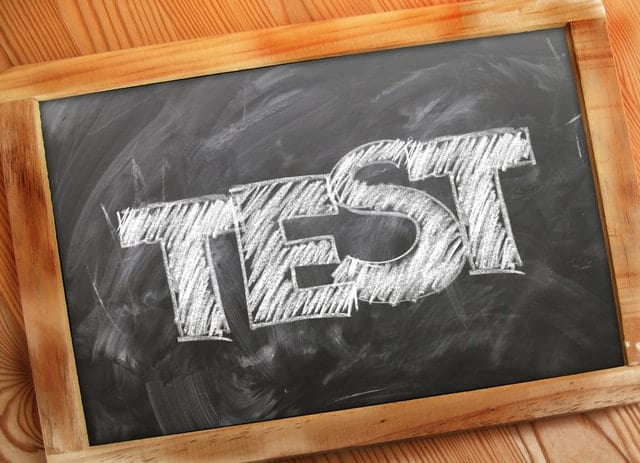TUV Rheinland India has opened a state-of-the-art Wireless/IoT laboratory in the IT and design hub of Bangalore.
The new 1,500 square meter lab will provide measurement and testing services in accordance with the latest international regulations, the company said.
The new lab focuses on radio testing, radiated spurious emissions (Wireless/IoT) and radiated emissions (EMI/EMC) testing as well as providing full Wireless/IoT conformity assessment for a broad range of electrical, medical, commercial and automotive products.
"The world is going wireless and the technology is invading everything, from farms and factories to self-driving vehicles and even people's pockets. The explosion in IoT devices is also widening applications still further and boosting demand for safe, reliable and standards-compliant products – many of which will be designed and manufactured in India for local and global markets," said TUV Rheinland, Regional Executive Vice President, Andreas Hoefer.
TUV Rheinland is an independent inspection services provider with a worldwide presence of more than 20,000 people, and annual turnover is EUR 2 billion. Its experts inspect technical equipment, products, and services, oversees projects, and helps to shape processes and information security for companies.
The laboratory set up in Bangalore is fully equipped to support testing for a wide range of products, such as smart meters, wearables, IoT-gateways, and mobile phones. It covers a variety of protocols such as Bluetooth, Wi-Fi, and ZigBee as well as 2G, 3G and 4G.
It is capable of supporting round-the-clock testing activities under the latest international regulations. It is a Telecommunication Engineering Centre (TEC) designated CAB (Conformity Assessment Body) in India and accredited under ISO/IEC 17025 (NABL) to perform RED directive testing.
It's also accredited to the American Association for Laboratory Accredited (A2LA) for the US & Canada (FCC & ISED).
TUV Rheinland India Managing Director Thomas Fuhrmann said the ease of scheduling lab slots, particularly during the design and development stages, will simplify the entire process and significantly reduce the challenges of accessing lucrative, but highly-regulated markets.



